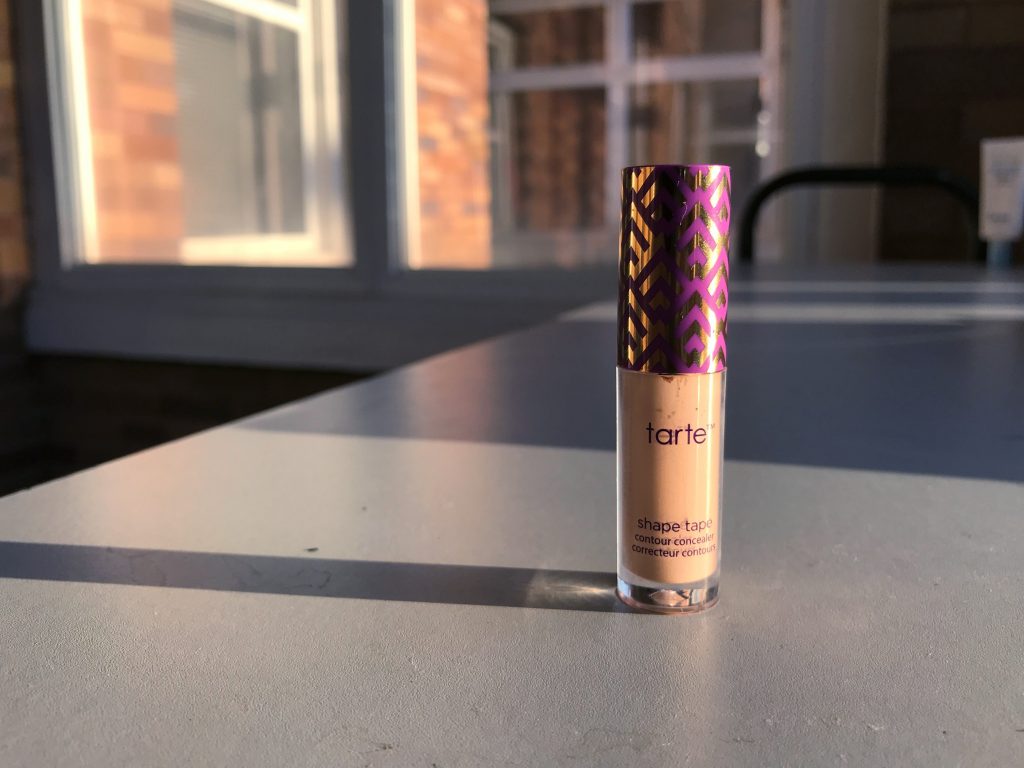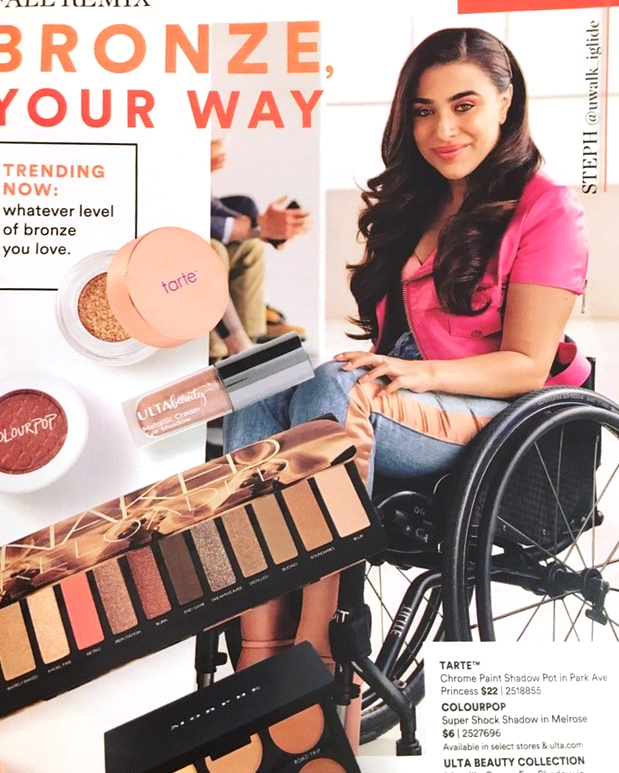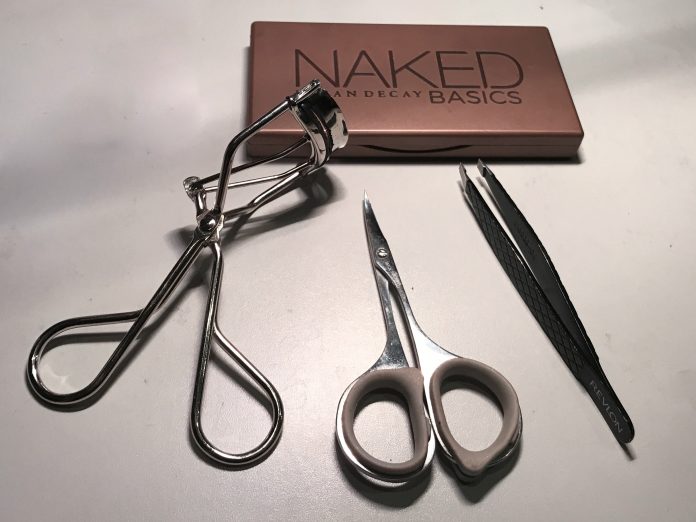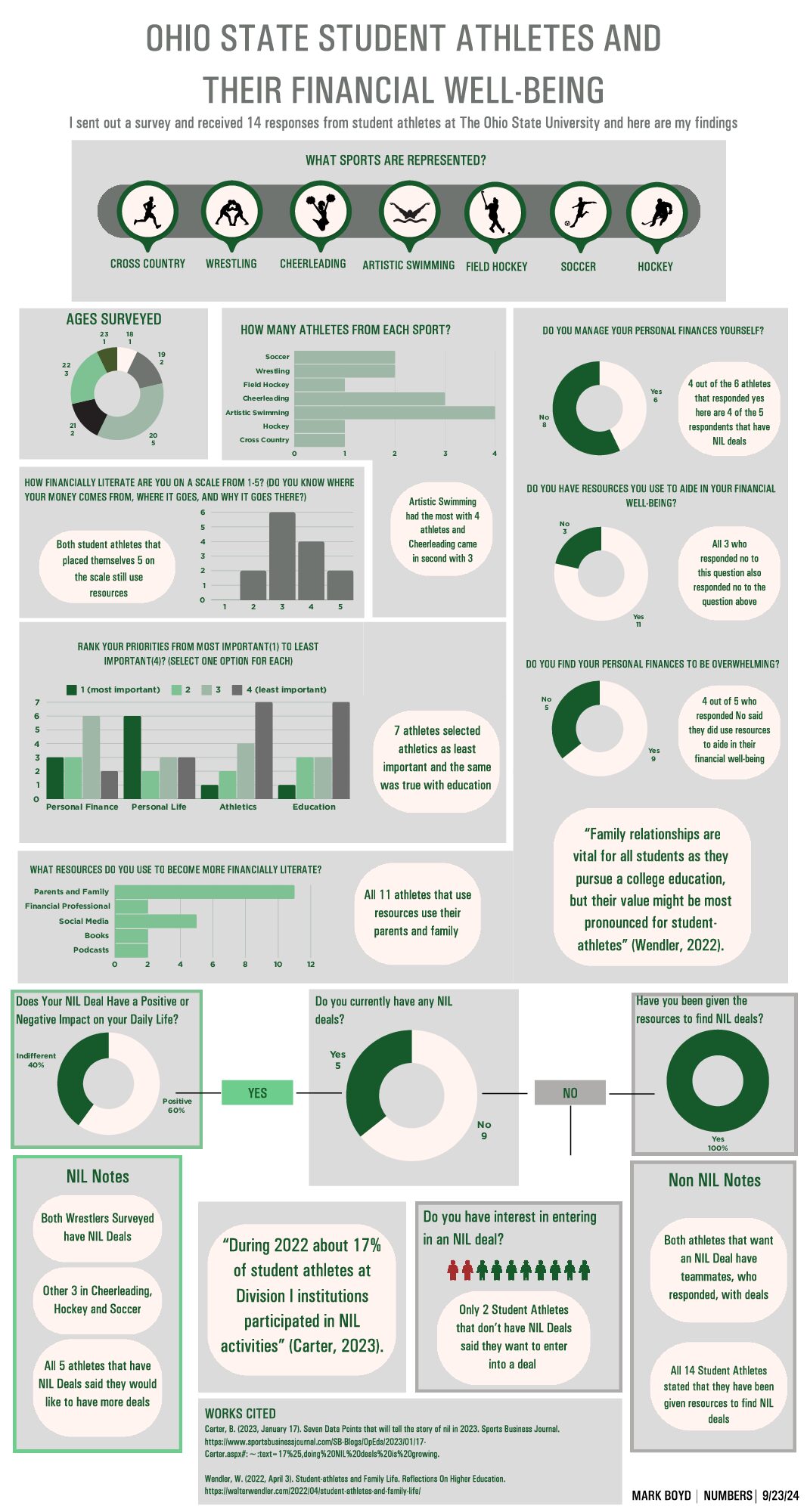Over the past decade, the beauty industry has seen massive growth. According to the firm Edited, the beauty industry is currently valued at $532 billion, with projected upward growth. New developments in beauty products and other hygiene tools have helped to expand the beauty industry along with a growing culture of beauty vloggers found on social media. During this time, we’ve seen men like James Charles become ambassadors for makeup brands like CoverGirl. While CoverGirl has garnered praise for gender inclusion, brands like Fenty have started tackling issues of racial inclusion—providing individuals of all ethnicities makeup that properly matches their skin tones. Just as it seems as if beauty and hygiene brands are beginning to grasp the importance of inclusion—one realizes that something is missing. We see an increase in gender and ethnic display, but why don’t we ever see individuals with disabilities?

Since the beginning of time, humans have sought self-expression in their outward appearance. Physical characteristics help communicate identity, personality, and even sexual orientation. Aside from expression, self-care can also supply individuals with boosted self-esteem for feel-good vibes all day. Like they say: look good, feel good. So, what happens when someone doesn’t have the ability to get themselves ready for the day? Many of these individuals must rely upon assistance from a family member or caretaker. This required assistance can strip individuals of their sense of freedom, privacy, and identity—leaving them feeling vulnerable.
Because most beauty routines involve altering facial features and the hair, conditions causing limited upper body mobility can cause a number of complications for someone attempting to get ready in the morning. Upper body mobility refers to the function of upper body extremities such as the hands, elbows, shoulders, and neck. Many disabilities can limit upper body mobility; some such disabilities include cerebral palsy, Parkinson’s Disease, and various forms of arthritis. Today, we’ll be looking specifically at arthritis.
Arthritis is a very common disability with more than 3 million US cases per year. While there are many forms of arthritis, osteoarthritis; rheumatoid arthritis; lupus; and psoriatic arthritis are among the most common. Some forms of arthritis—such as osteoarthritis—have unknown causes, while others—such as rheumatoid arthritis and lupus—stem from autoimmune conditions. According to the Center for Disease Control, one in four women have arthritis while, in comparison, one in five men have arthritis. Women’s experience with arthritis is also more painful. While men are predisposed to certain forms of arthritis, there are statistically more forms of arthritis which favor women. One such form is rheumatoid arthritis, of which there are three times as many women with rheumatoid arthritis than men. Some factors which predispose women to arthritis include strong immune systems and higher levels of estrogen. Generally speaking, women often have stronger immune systems than men and experience more hormonal fluctuation throughout their lifetime than men. When women go through menopause—when estrogen drops, and hormone levels change—this can trigger arthritis and allow for inflammation. This is why women often experience a later onset of arthritis than men.
By having a comprehensive understanding of the current beauty industry and the effects of arthritis, we can clearly see how a lack of inclusion in the beauty and hygiene industry can negatively affect individuals suffering from arthritis by stripping these individuals of their sense of freedom and self-expression. This high-level problem stems from several issues. Let’s begin by looking at industry-standard beauty and hygiene tools. These products are oftentimes not designed with accessibility in mind. The few universally designed tools that do currently exist on the market are often hard to find, undermarketed, and even unappealing in nature and usability.
This past week, I sat down with beauty blogger Monica Sengupta, a beauty enthusiast with rheumatoid arthritis. Monica focuses on “chronic-illness friendly” techniques for doing makeup and nails. Monica expressed how beauty tools, such as her jade roller—a tool which utilizes a large, stone bead to massage lotions into facial skin—and razor, are often difficult to use. She emphasized that tools such as her roller, which she uses in the morning, can be extremely difficult to use due to morning stiffness. Morning stiffness is a common side-effect of many forms of arthritis. She also voiced having problems with packaging—specifically flip-top packaging such as that on the tops of shampoo bottles. Monica said the biggest tip she follows to navigate self-care with rheumatoid arthritis is to work on eliminating steps within her routine. One example she gives is using a razor with a built-in lotion bar which eliminates the extra step of applying shaving cream.
Another widespread issue Monica touched upon was the relationship between arthritis and other health concerns. For example: in addition to having rheumatoid arthritis, Monica also has Sjogren’s Syndrome—a condition which affects the tear and salivary glands. Other additional health concerns individuals with rheumatoid arthritis are pre-disposed to is gum disease. This is due to the nature of rheumatoid arthritis being an autoimmune condition. In the case of oral health, this pre-disposition is made worse by the fact that rheumatoid arthritis often affects the hands—making it difficult for affected individuals to brush their teeth and perform basic oral care. This creates a vicious cycle of health concerns. Another healthcare-related topic Monica touched upon was the cost of healthcare for individuals with Arthritis. Monica emphasized that living with a chronic illness can be expensive and that people living with arthritis might be financially strapped due to the cost of healthcare. She believed price point was an important factor in the overall accessibility of universally designed products: “There are quite a few “convenient” products on the market but they generally are very expensive – and if given the choice [arthritic individuals] will choose our health.”

A larger issue within the beauty and hygiene industry is cultural perception. Cultural perception within the beauty industry is dominantly shaped by the beauty vlogger culture and marketing from big beauty stores such as Sephora and Ulta. There is a small number of beauty vloggers on YouTube who live with a disability—most famous beauty gurus are able bodied and, therefore, teach beauty techniques in ways individuals with disabilities may be unable to follow. There are some signs, however, that disability inclusion is making its way into mainstream beauty culture. Ulta, a large makeup retailer, recently presented an ad campaign featuring a model in a wheelchair. This has sparked wide-spread praise from the public, especially after a picture—depicting a young girl in a wheelchair, enchanted by the advertisement—went viral online.
If the beauty industry seeks to become fully inclusive, they cannot forget individuals with disabilities. Everyone is deserving of self-expression, privacy, and independence. Individuals with arthritis, specifically, already fight against symptoms of morning stiffness in the morning. Products geared solely toward able-bodied people only add to the frustration and difficulties individuals with arthritis face each day. Because women are both more pre-disposed to arthritis and are the prime users of beauty and hygiene tools, we must provide these women with the proper tools they need to be self-sufficient and outwardly expressive. In order to for the beauty industry to become inclusive, beauty products geared toward women with arthritis are a must.
References
Biron, B. (2019, July 9). Beauty has blown up to be a $532 billion industry – and analysts say that these 4 trends will make it even bigger. Retrieved from https://www.businessinsider.com/beauty-multibillion-industry-trends-future-2019-7
Rabin, R. (2016, April 12). Ask Well: Why Is Arthritis More Common in Women Than Men?. Retrieved from https://well.blogs.nytimes.com/2016/04/12/ask-well-why-is-arthritis-more-common-in-women-than-men/




